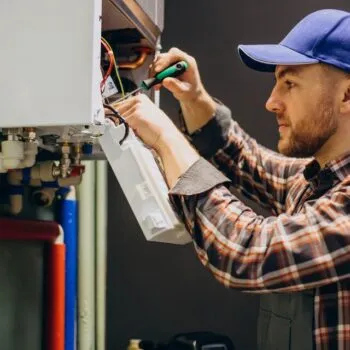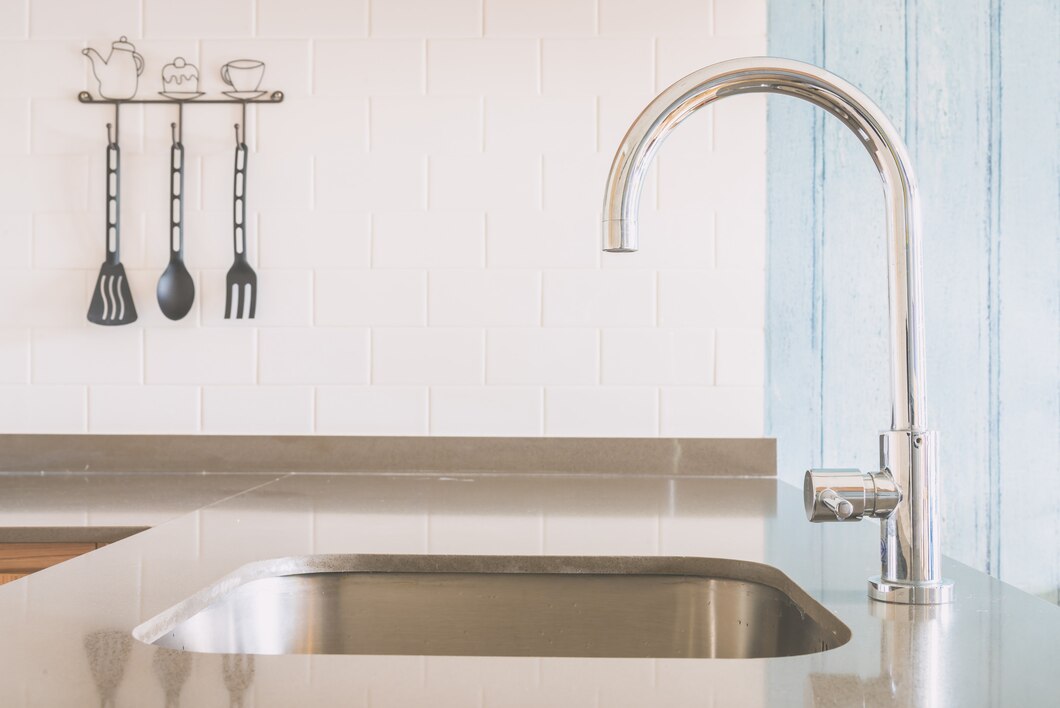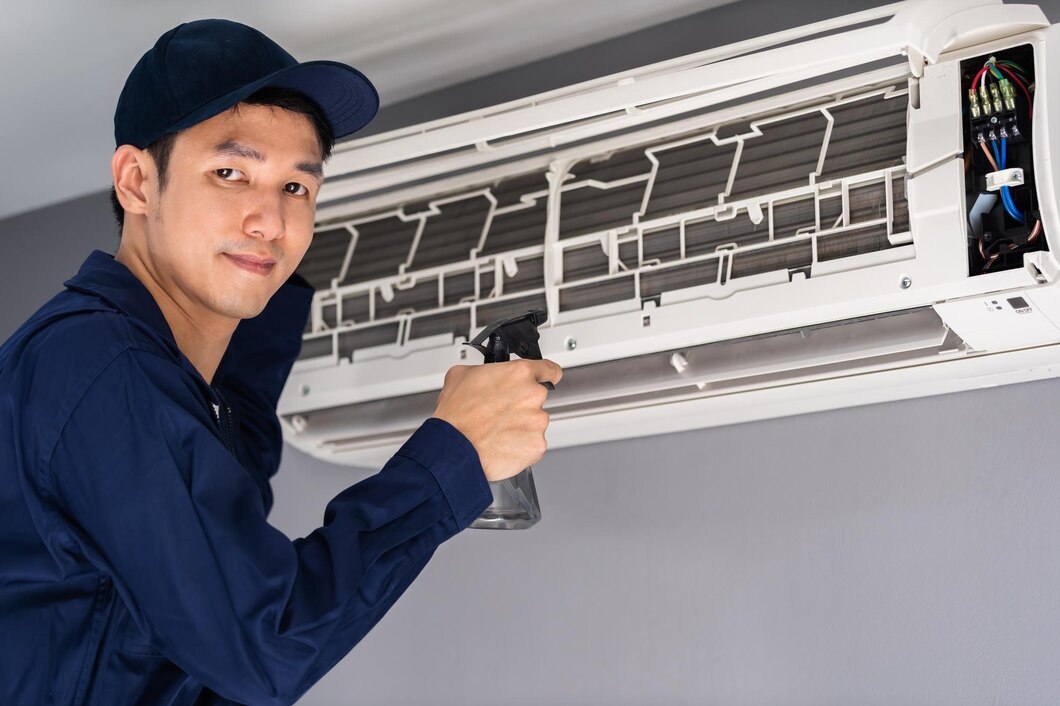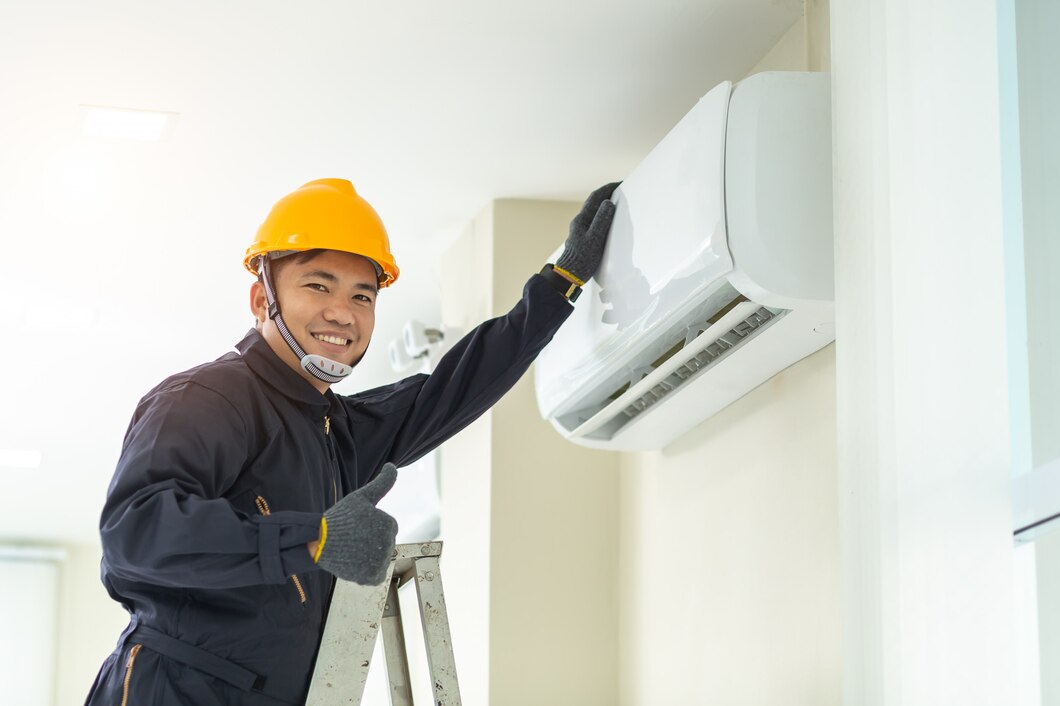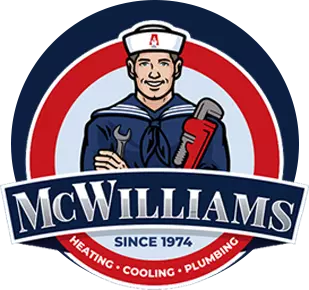Blog
Introduction
A heater replacement can seem like a daunting task, but knowing what to expect can make the process smoother. Replacing an outdated or malfunctioning heater is crucial for maintaining a comfortable and energy-efficient home. Understanding the telltale signs that indicate your heater needs replacement can save you from unexpected breakdowns and high energy bills.
Signs You Need a Heater Replacement
Frequent Repairs
If your heater requires frequent repairs, it may be time to consider a replacement. Constant malfunctions and breakdowns suggest that your system is nearing the end of its lifespan. Each repair can be costly and inconvenient, especially during the colder months when you rely on your heater the most. A new heating system can reduce the need for repeated repairs and provide more reliable performance.
Rising Energy Bills
Increasing energy bills are another sign that you need a heater replacement. An old or failing heater often runs inefficiently, requiring more energy to maintain desired temperatures. This surge in energy use directly impacts your utility bills. Replacing an inefficient heater with a modern, energy-efficient model can help lower your monthly energy expenses and improve overall heating performance.
Inconsistent Heating
If some rooms in your home are warmer or colder than others, your heater may be struggling to distribute heat evenly. Inconsistent heating can make your living spaces uncomfortable and indicate that your current system is no longer effective. A new heater can offer more consistent and balanced heating throughout your home, ensuring that every room stays comfortable.
Choosing the Right Heater for Your Home
Types of Heaters
When choosing a new heater, it’s essential to understand the different types available. Common options include:
- Furnaces: Use gas, oil, or electricity to heat air, which is then distributed through ducts.
- Heat Pumps: Transfer heat from the outside air or ground into your home during the winter and can reverse the process during the summer.
- Boilers: Use hot water or steam to heat your home, typically through radiators or underfloor systems.
Sizing and Capacity Considerations
Choosing the right size heater is crucial for efficiency and comfort. A heater that is too small won’t adequately heat your home, while one that is too large will cycle on and off frequently, wasting energy. Our professionals consider several factors when determining the best size for your new heater, including:
- Home Size: The square footage of your home plays a significant role in determining the appropriate heater size.
- Insulation Quality: Well-insulated homes retain heat better and may require a smaller heater.
- Climate: The local climate influences how powerful your heater needs to be to maintain comfortable indoor temperatures.
The Heater Replacement Process
Initial Inspection and Assessment
The heater replacement process begins with an initial inspection and assessment. Our professionals will evaluate your current heating system to determine the cause of its inefficiencies or failures. This step involves checking the age of your heater, its performance history, and identifying any underlying issues. This assessment helps in determining the specific needs for your new system and ensuring a smooth transition.
Our technicians will then provide recommendations based on their findings. They will discuss suitable heater options that match your home’s requirements, incorporating factors such as size, type, and efficiency. This personalized approach ensures you get the best heating solution tailored to your home.
Removal of the Old Unit
Once the new heater has been selected, the next step is to safely remove the old unit. This involves disconnecting the heater from power sources, gas lines, and any connected ductwork. Our professionals take care to handle this process efficiently, minimizing disruption to your home.
Proper disposal of the old heater is also essential. Our team ensures that the old unit is disposed of in an environmentally friendly manner, adhering to local regulations and guidelines.
Installation of the New Heater
After removing the old unit, the installation of the new heater begins. This step involves careful placement and securing of the new heater. Our professionals connect all necessary lines, wires, and ductwork to ensure seamless integration with your home’s heating system. Attention to detail during installation is crucial for optimal performance.
Our technicians will also calibrate the new heater, ensuring it operates efficiently and safely. They will test the system to confirm that it provides consistent heat and responds correctly to thermostat adjustments. This comprehensive installation process guarantees that your new heater functions perfectly from the start.
Post-Installation Considerations
System Testing and Calibration
Once your new heater is installed, thorough system testing and calibration are crucial. Our professionals will run the heating system to ensure that it operates efficiently and reaches the desired temperature. This testing phase helps identify any potential issues early on, allowing for immediate adjustments.
Calibration involves fine-tuning the heater’s components, such as the thermostat and burners, to ensure they work in harmony. Proper calibration ensures consistent heating and optimal energy efficiency. This step is essential for maximizing the performance and lifespan of your new heating system.
Regular Maintenance Tips
Regular maintenance is key to keeping your new heater running smoothly. Simple tasks like changing air filters, checking thermostats, and cleaning vents can significantly impact your system’s efficiency. Scheduling routine professional check-ups can prevent minor issues from becoming major problems.
Our professionals recommend setting up a maintenance schedule that includes annual inspections and tune-ups. These visits ensure your system remains in top condition, providing reliable heating throughout the years. Regular maintenance not only extends the life of your heater but also maintains its efficiency, saving you money on energy bills.
Conclusion
A heater replacement is a significant investment in your home’s comfort and energy efficiency. Recognizing the signs that indicate you need a new heater can save you from inconvenient breakdowns and rising energy bills. Choosing the right heater and understanding the replacement process are crucial steps to ensure you get the best performance from your new system.
For professional heater replacement in Lufkin, choose McWilliams Heating, Cooling and Plumbing. Our team is dedicated to providing exceptional service and ensuring your complete satisfaction. Contact us today to schedule your appointment and experience the benefits of a new, efficient heating system!
Share This :
Rijan Shrestha
Table of Contents
Discover New Blog Posts
Maintaining clean drains is essential for every homeowner in Livingston. Drains play an important role in ensuring your plumbing system functions well, allowing water to […]
Living in Cleveland, many homeowners rely on their air conditioning systems to keep their homes cool and comfortable during the warmer months. However, one common […]
Understanding air conditioning cooling cycles is essential for maintaining a comfortable and energy-efficient home environment in Cleveland. As temperatures fluctuate, having a clear grasp on […]


